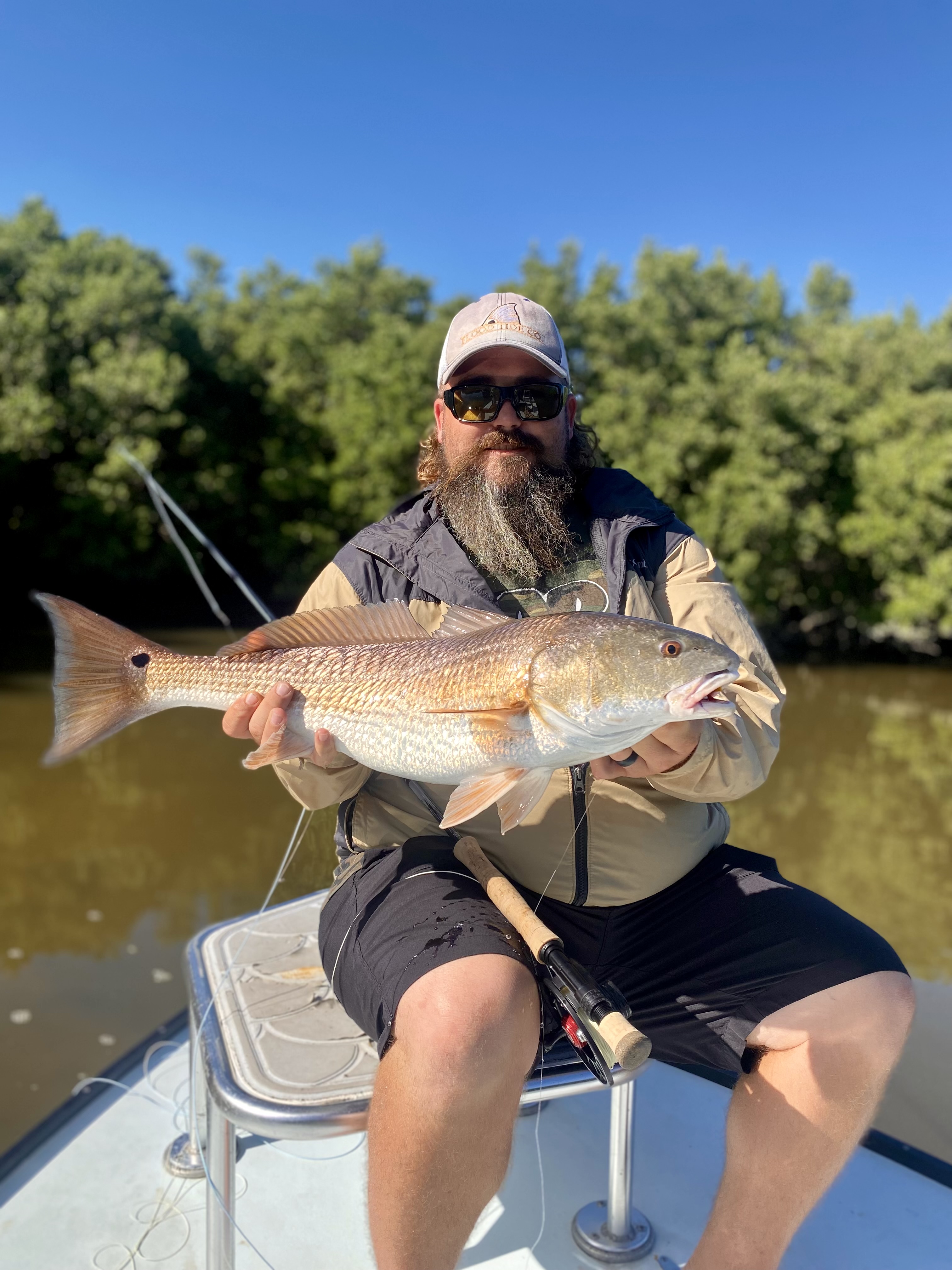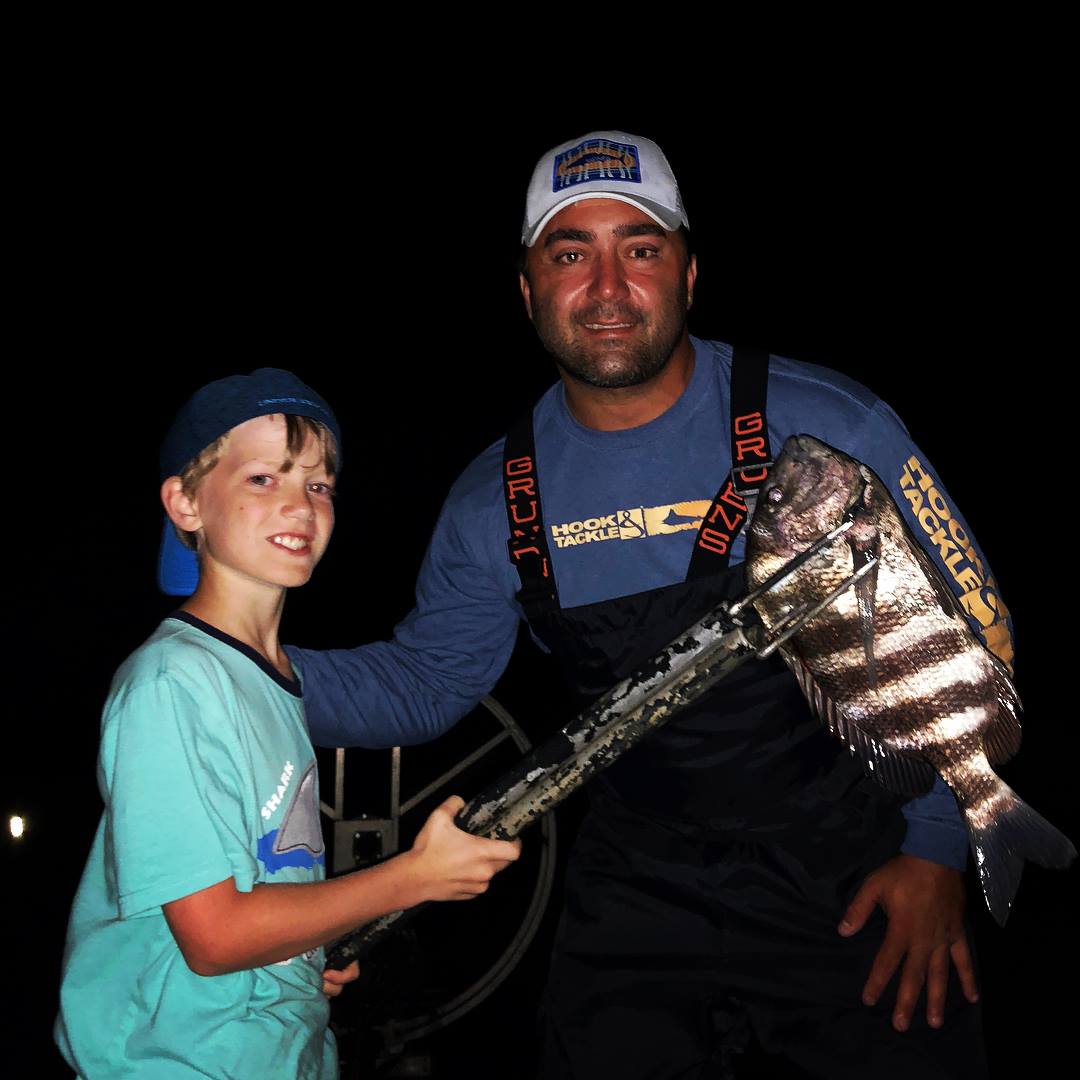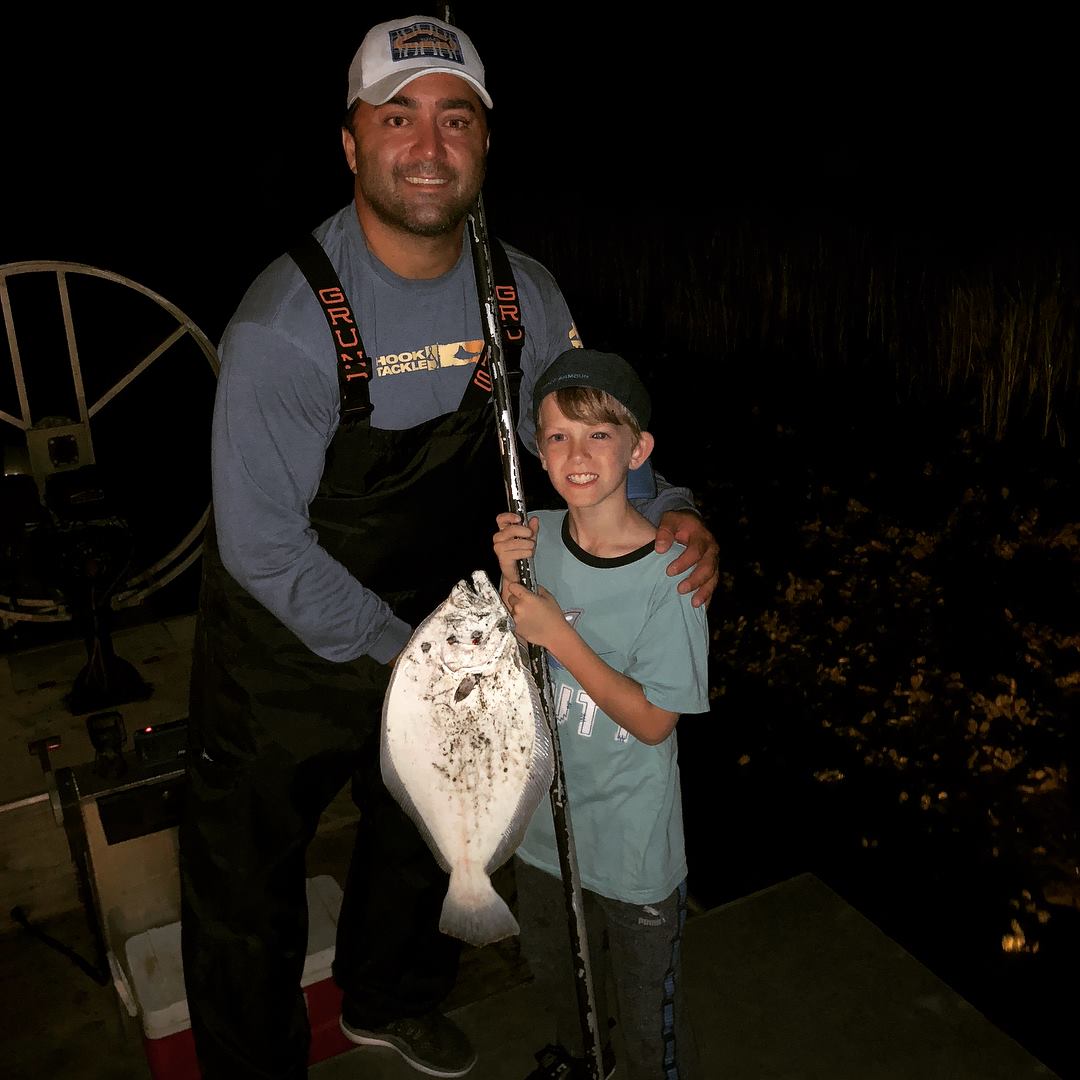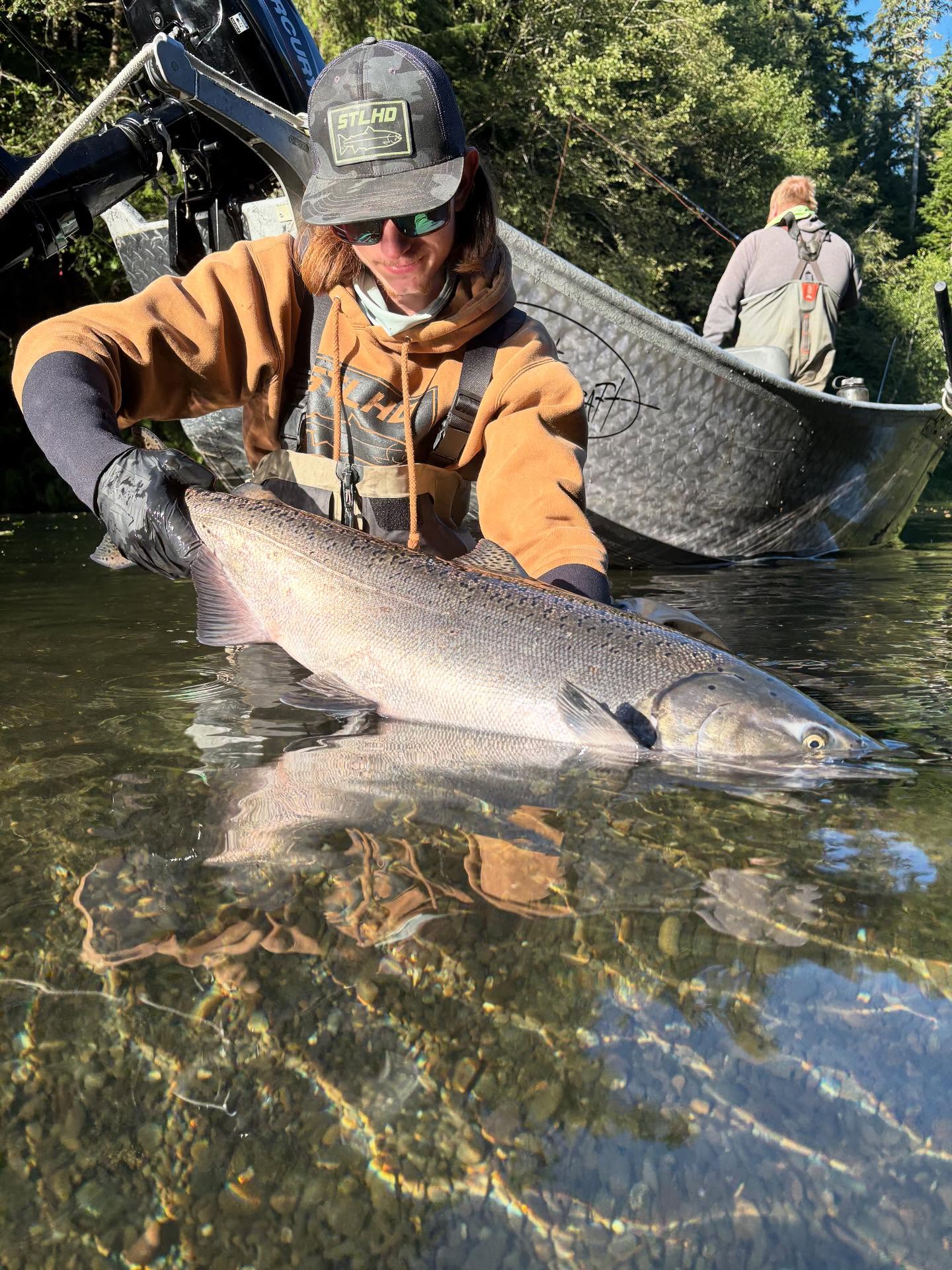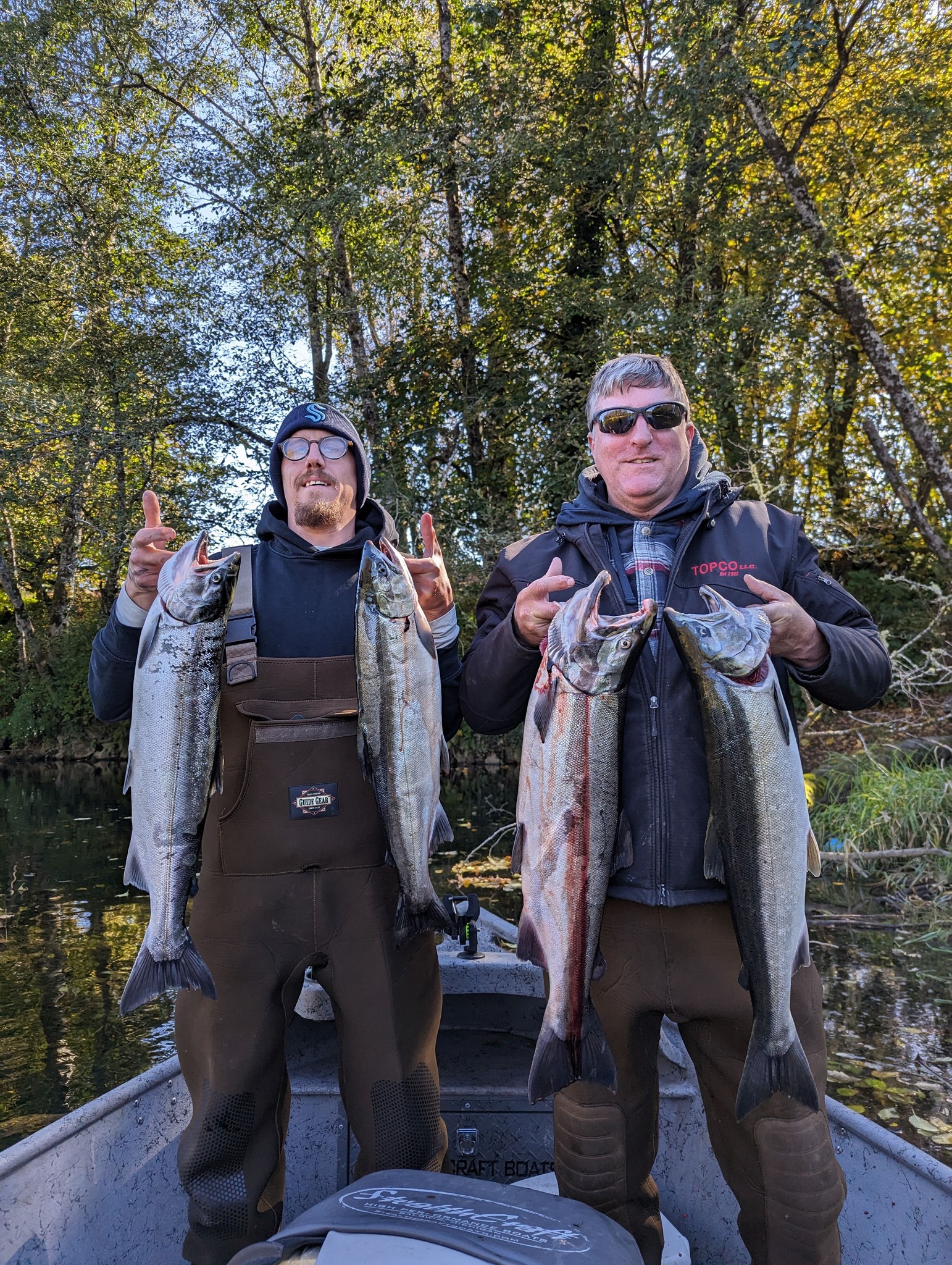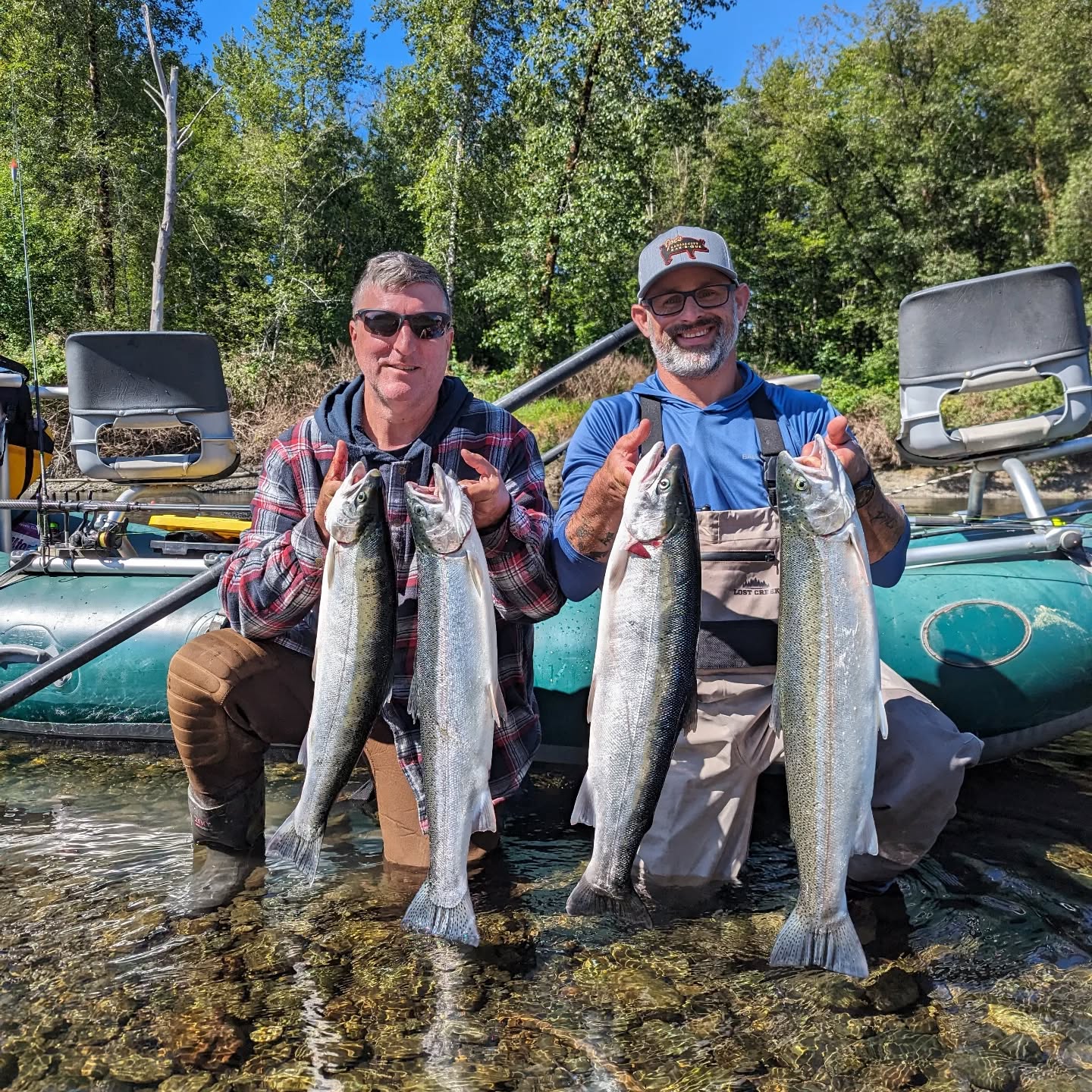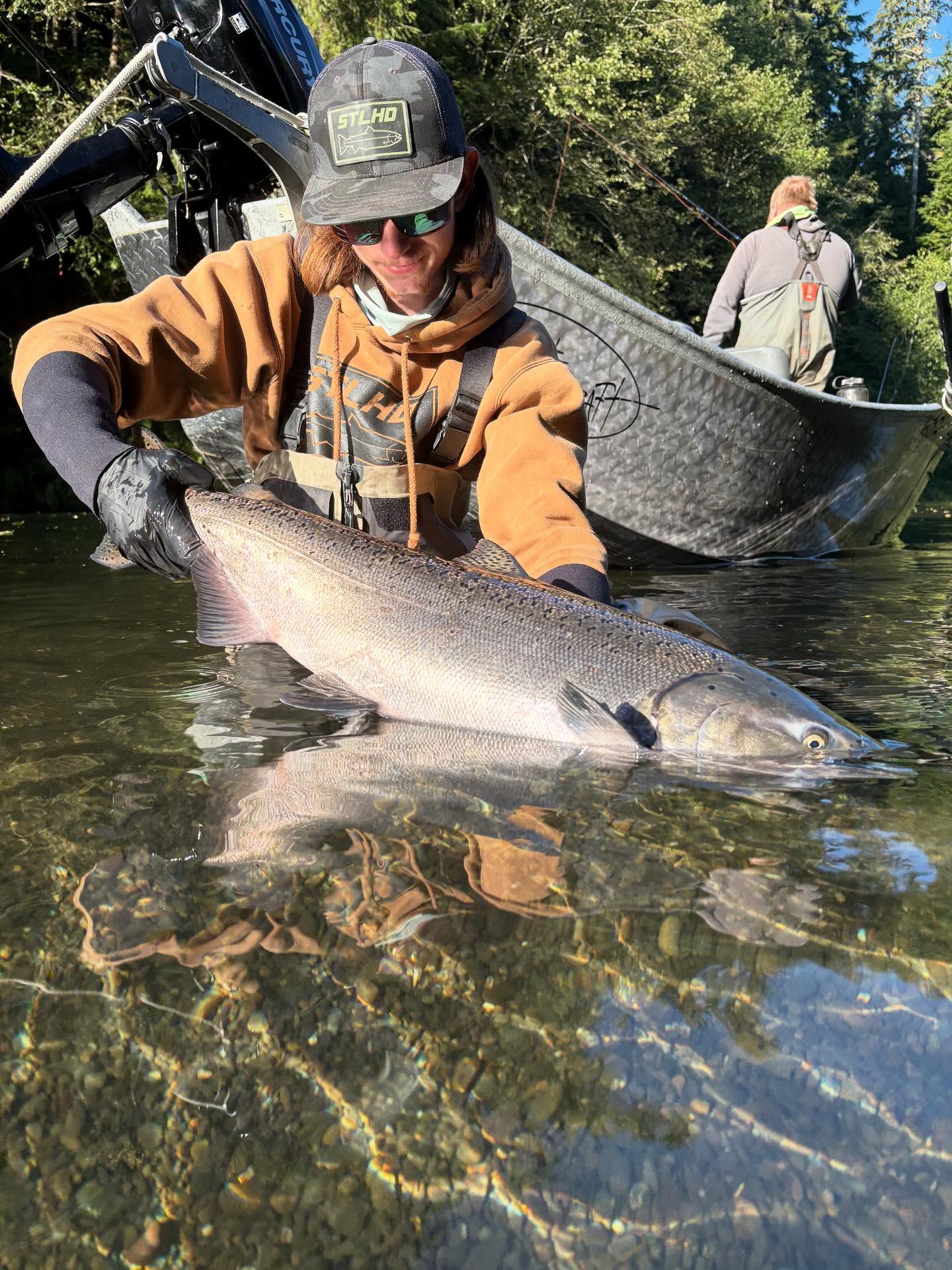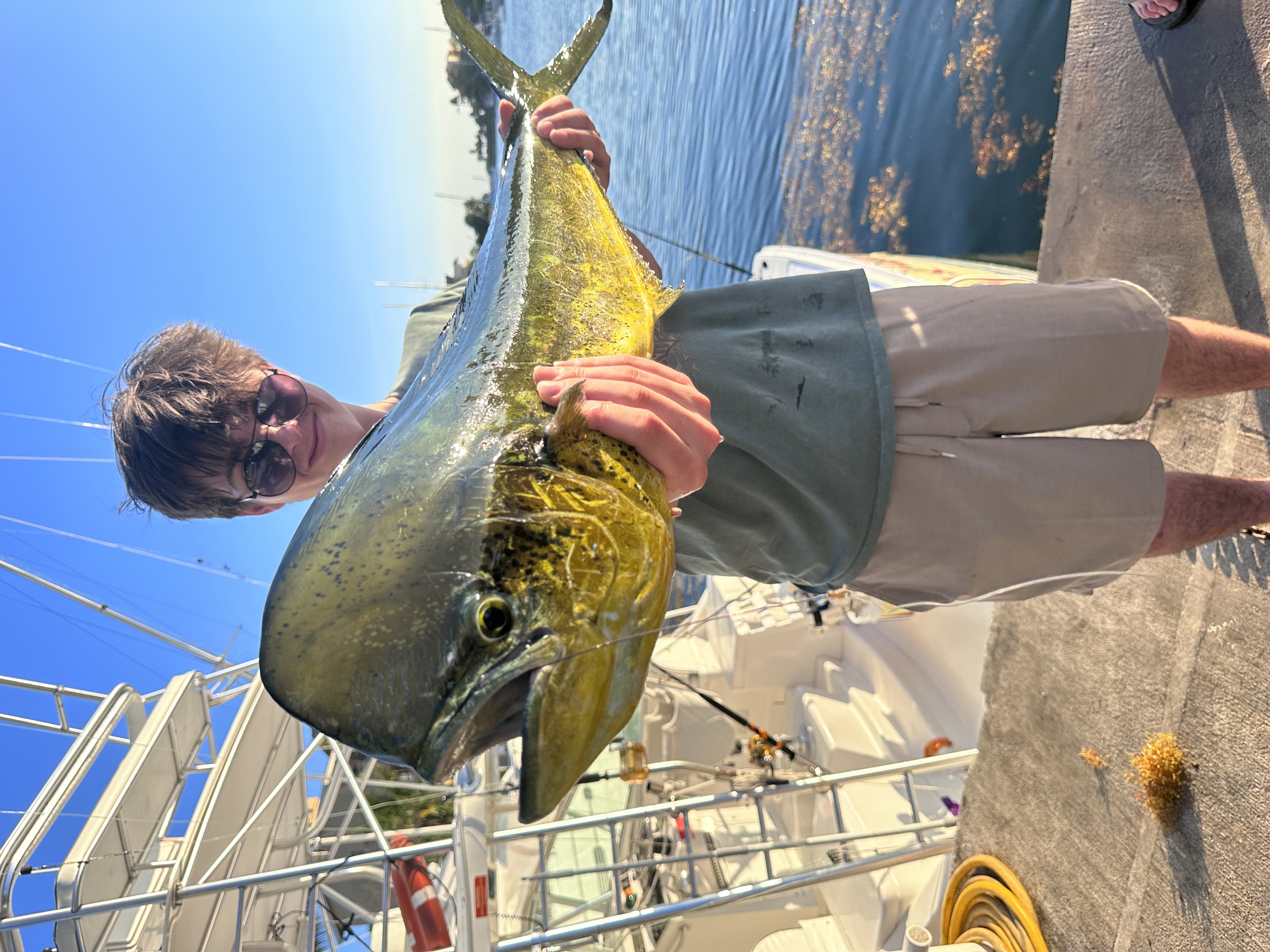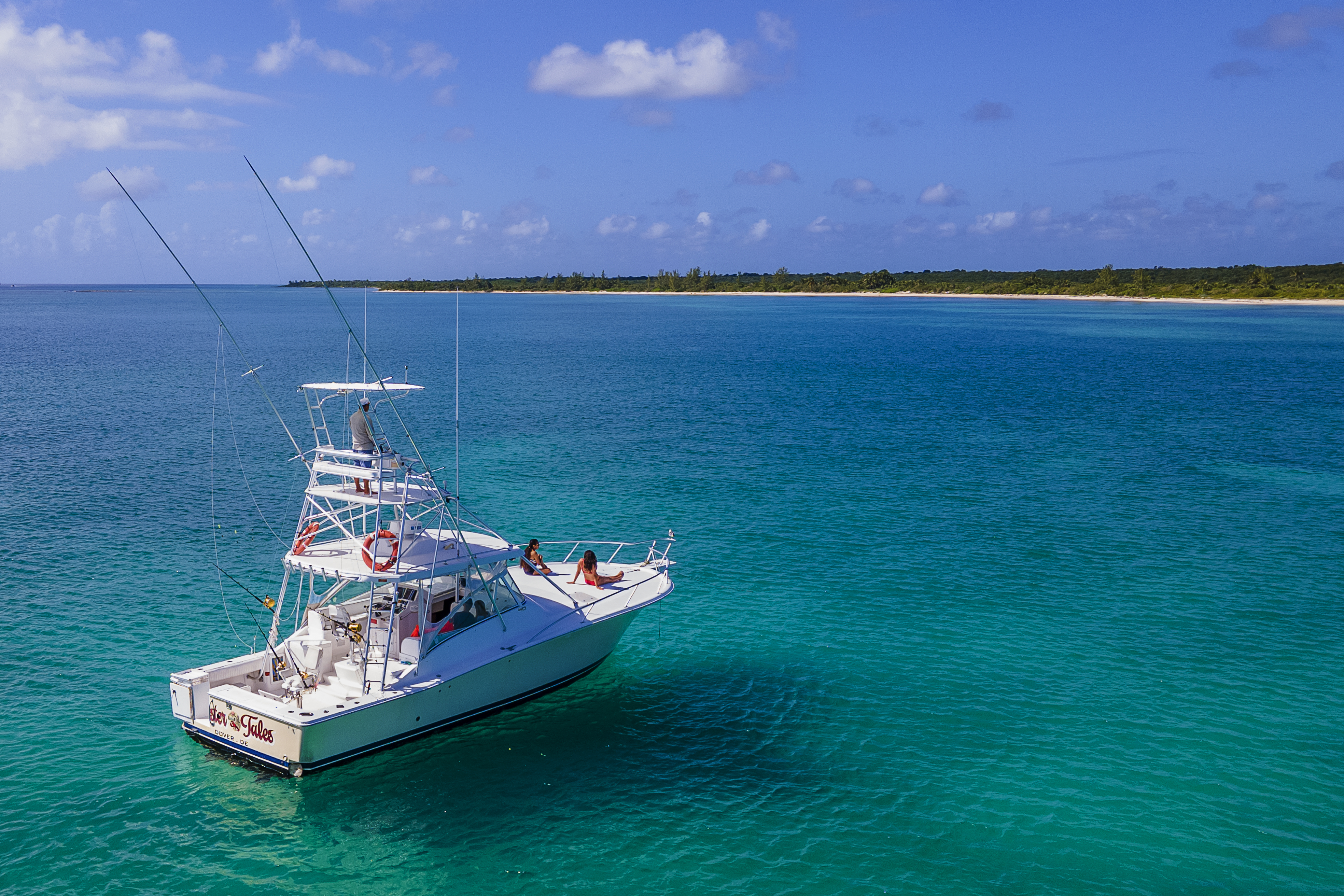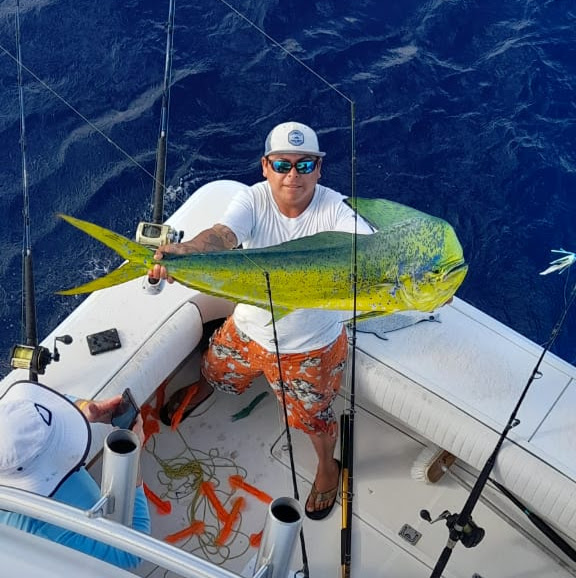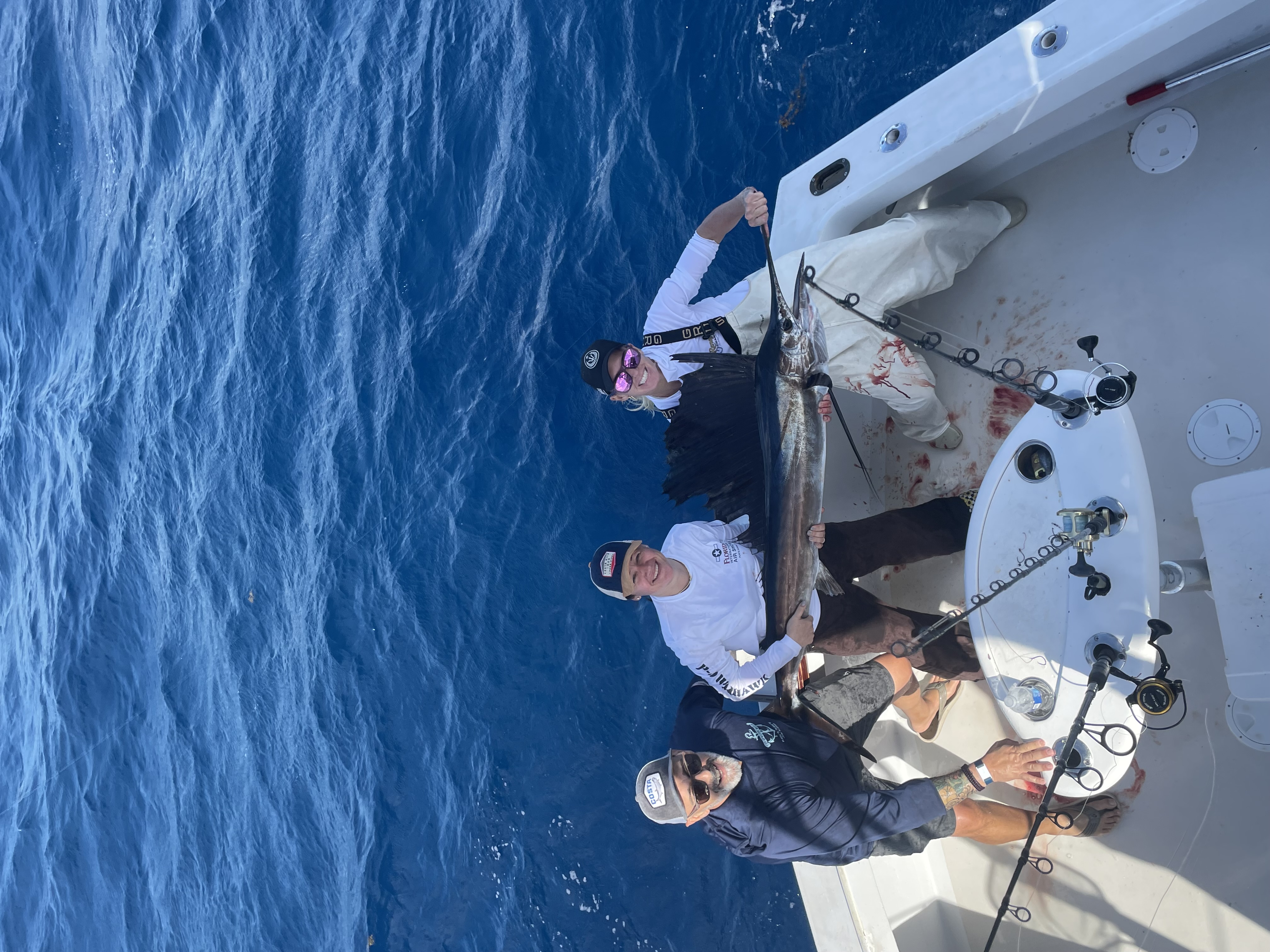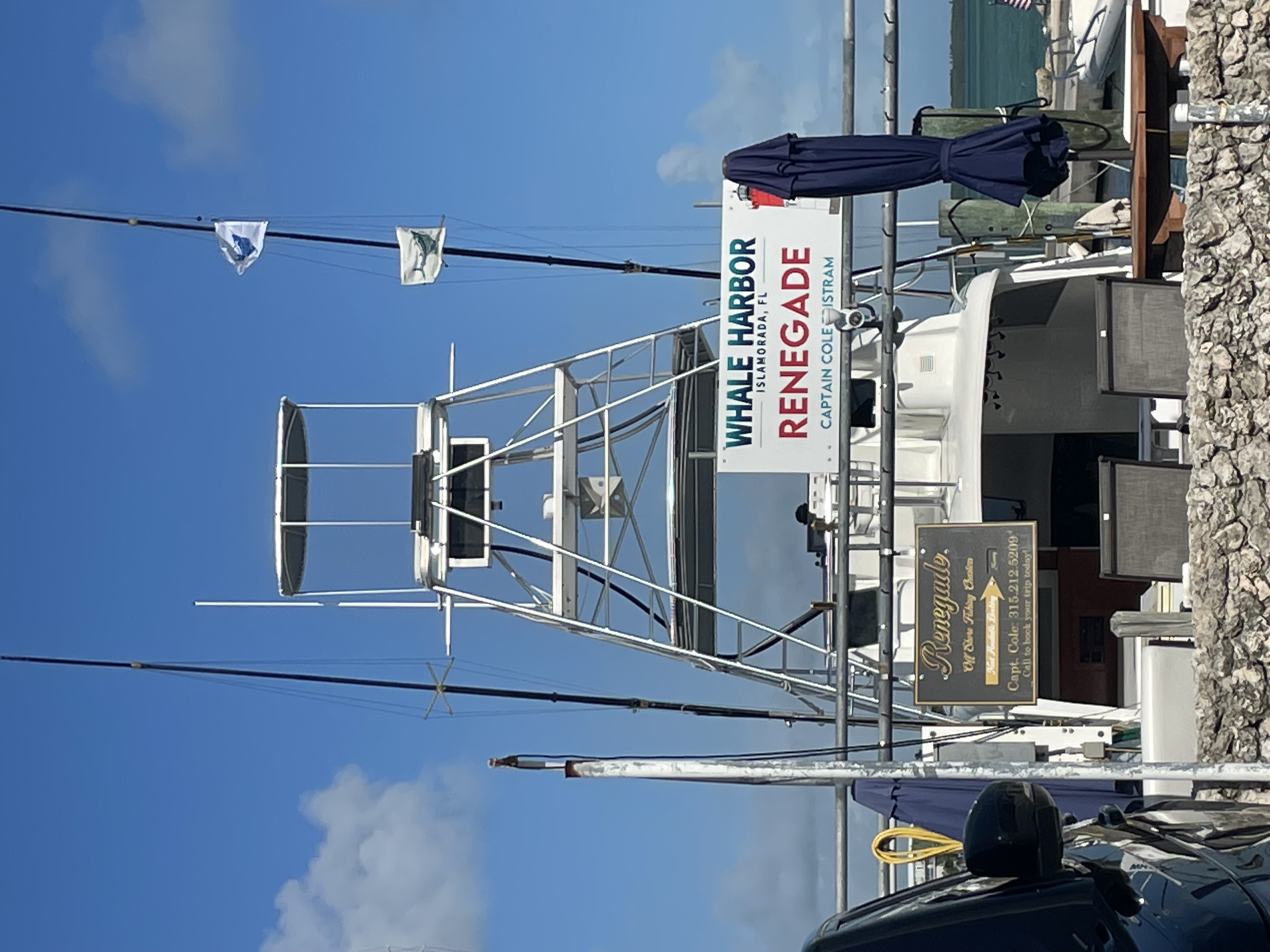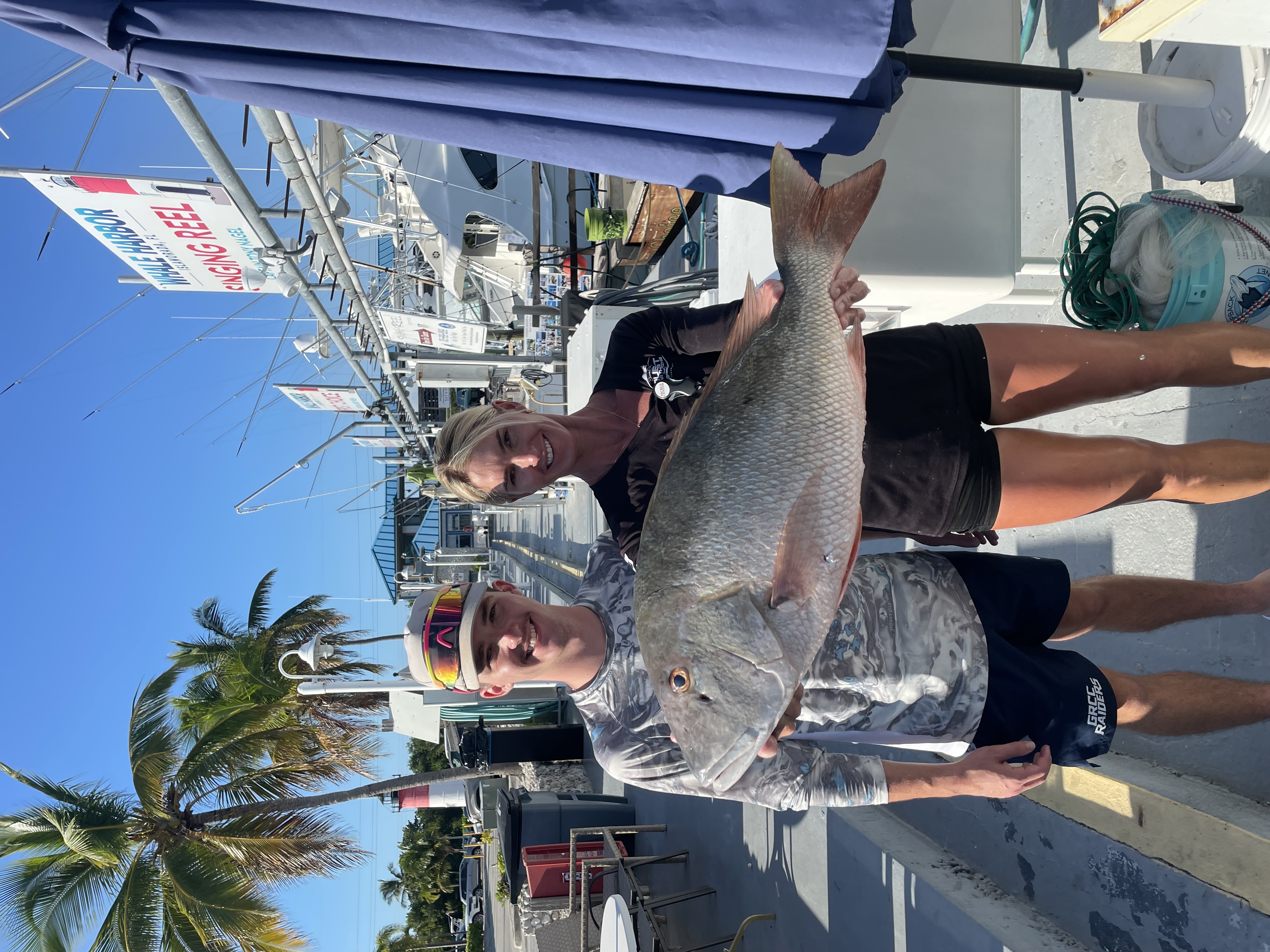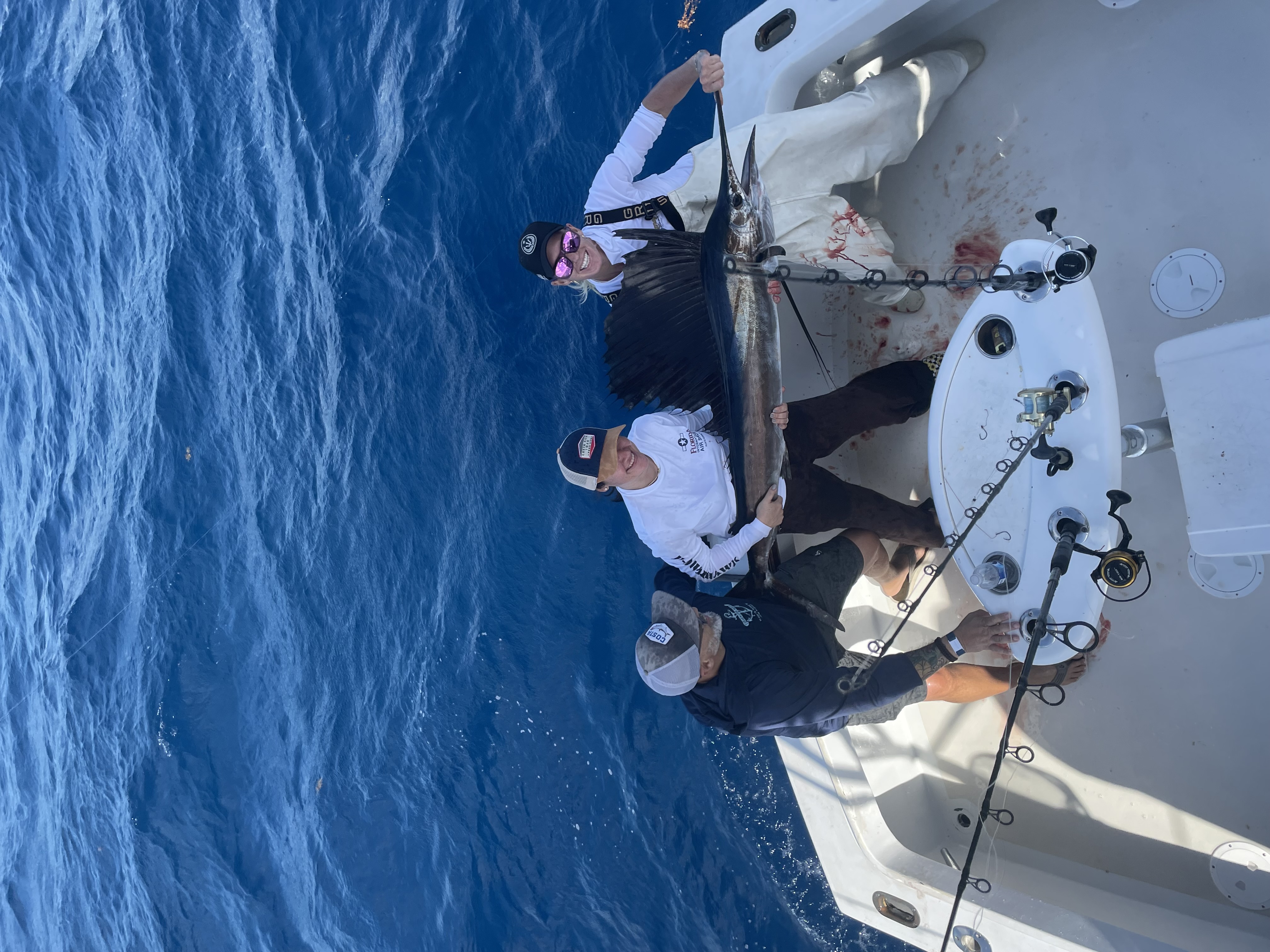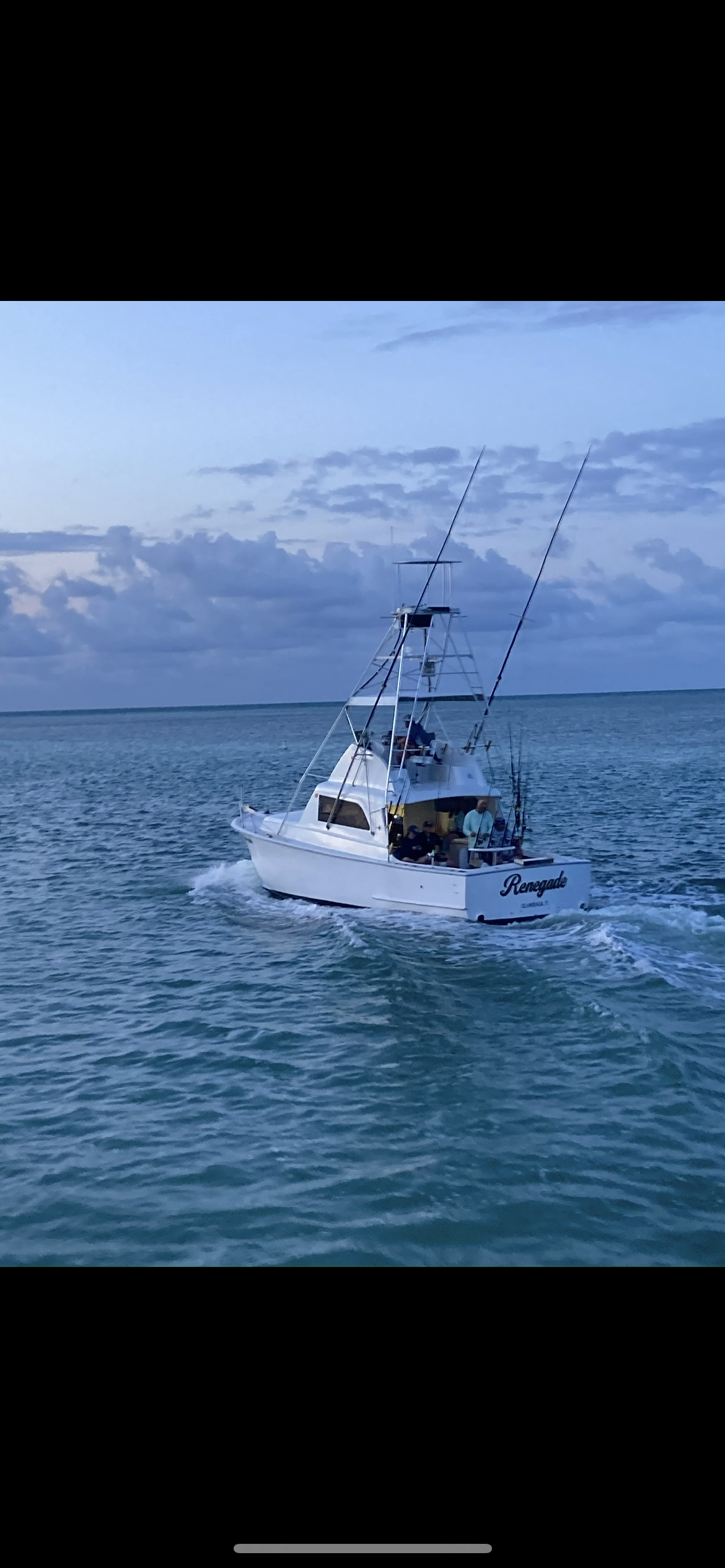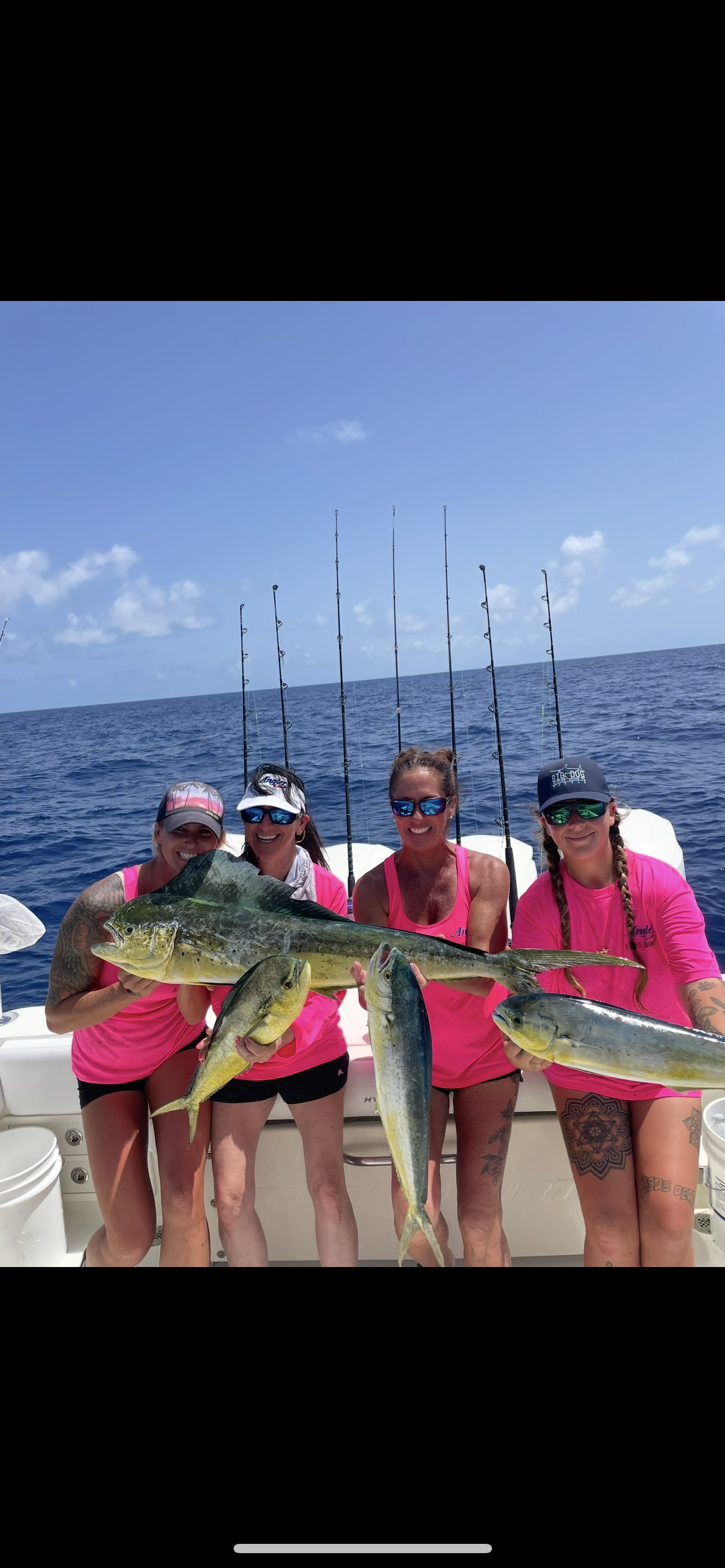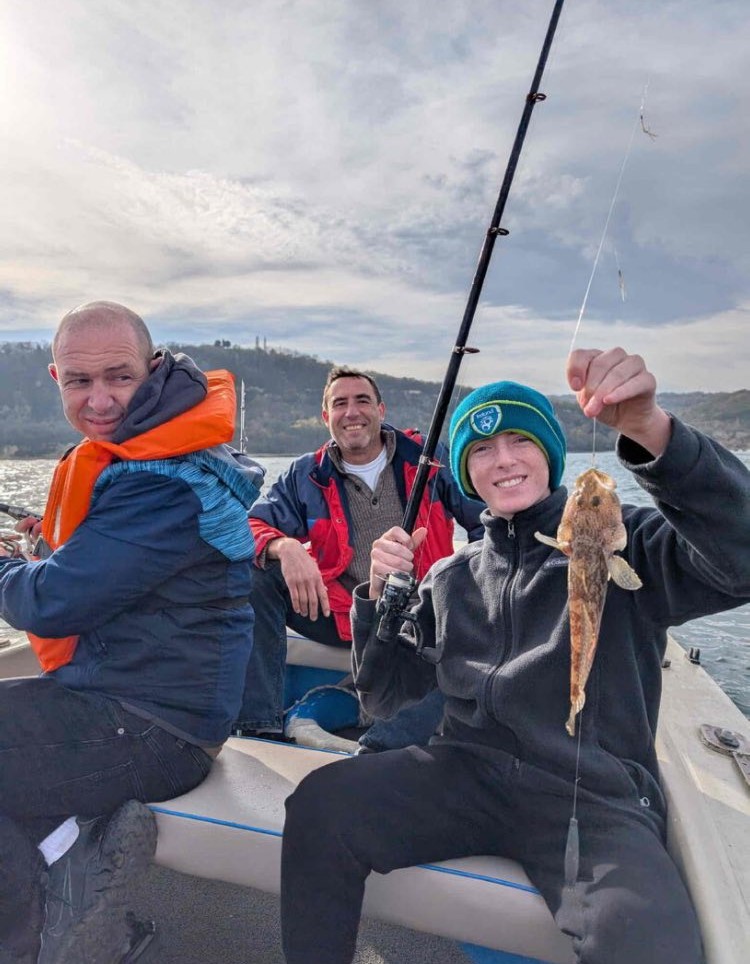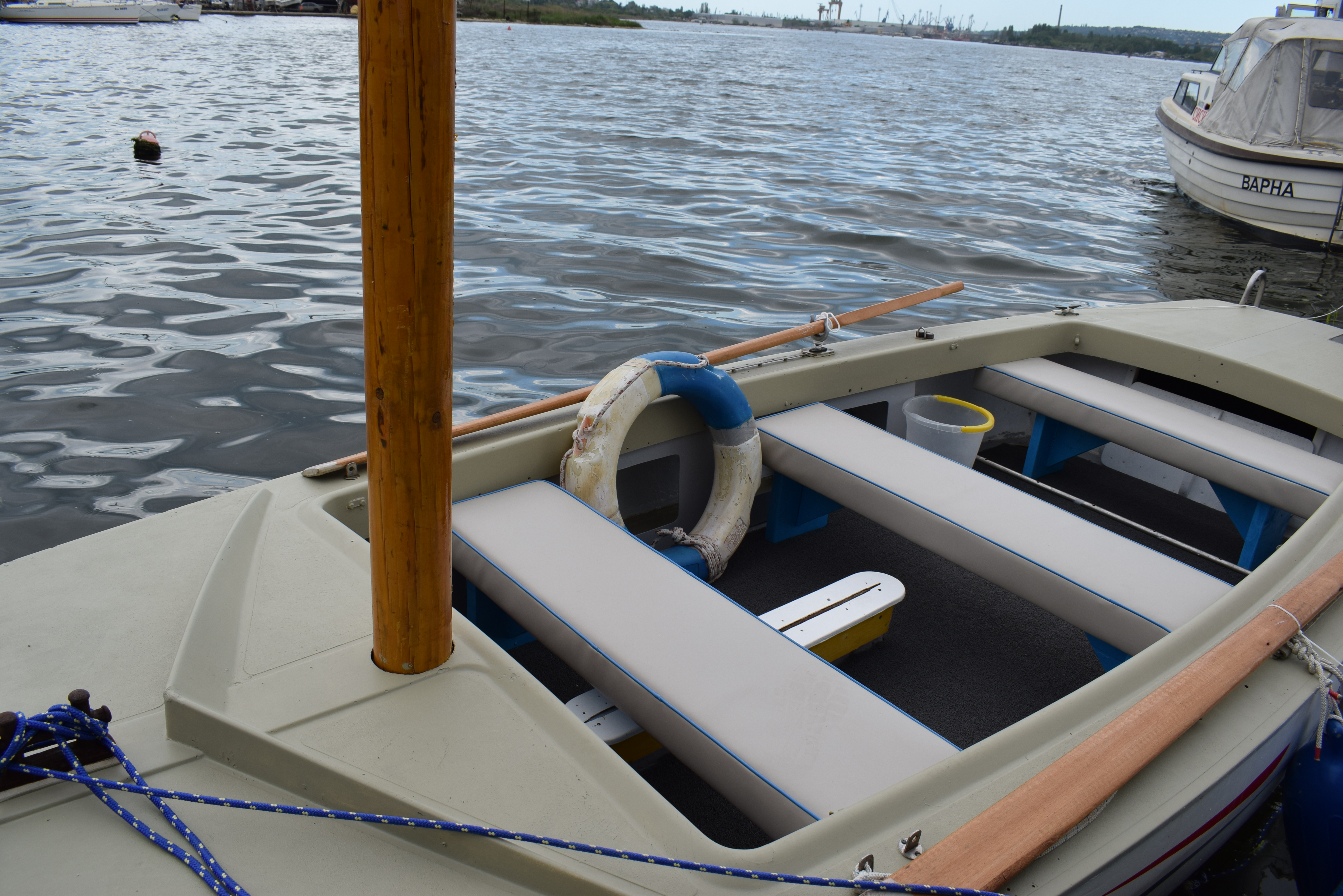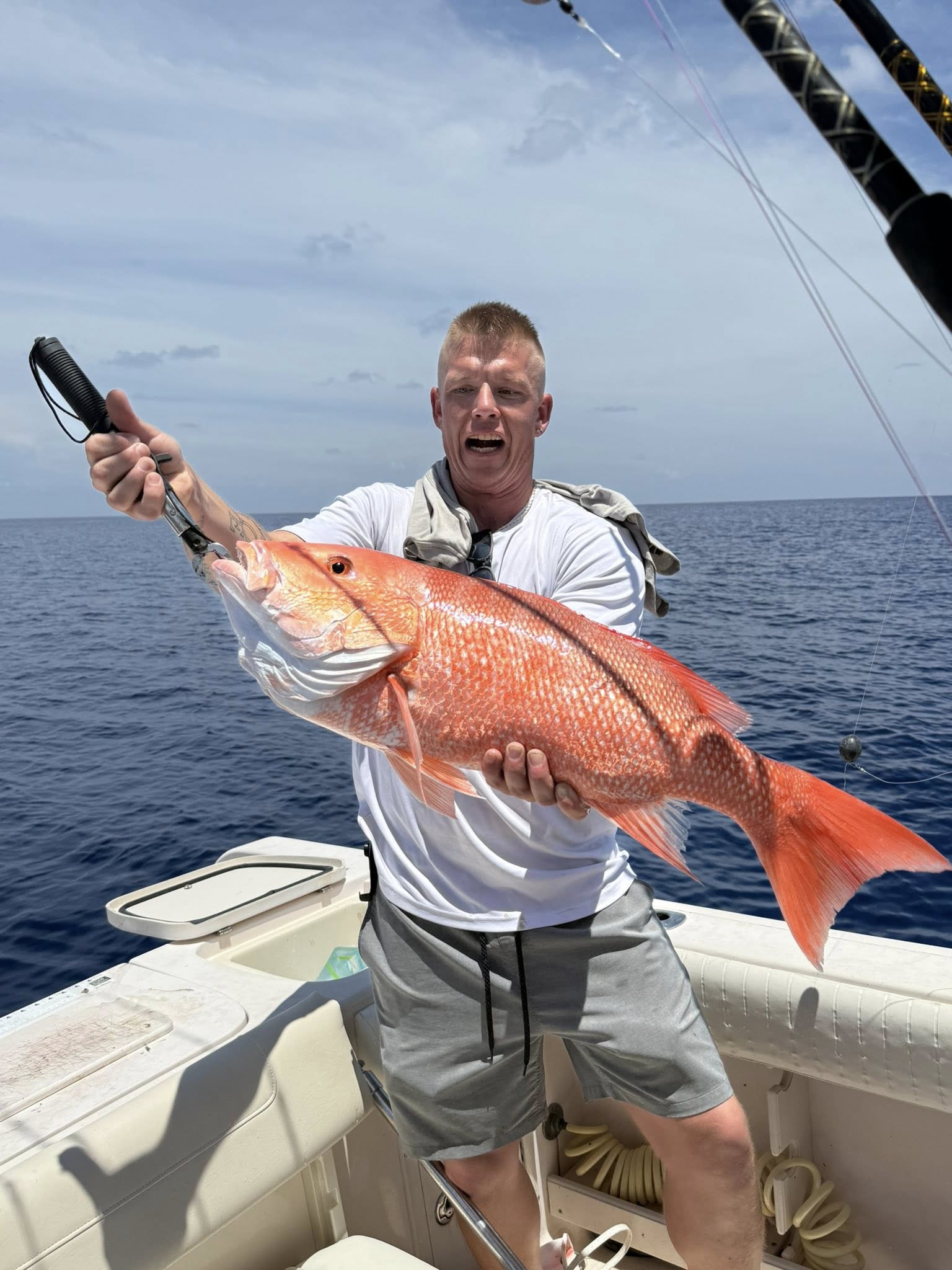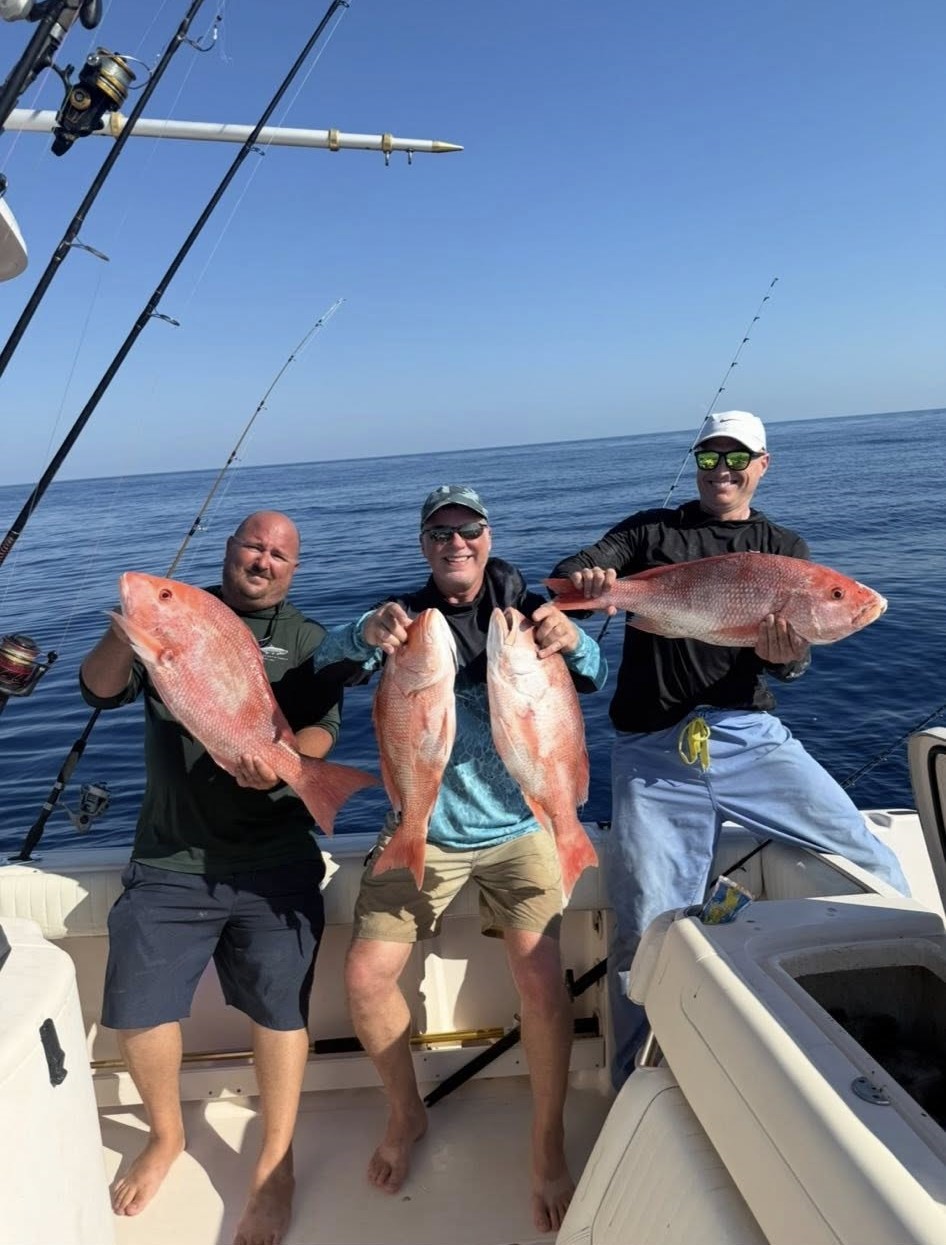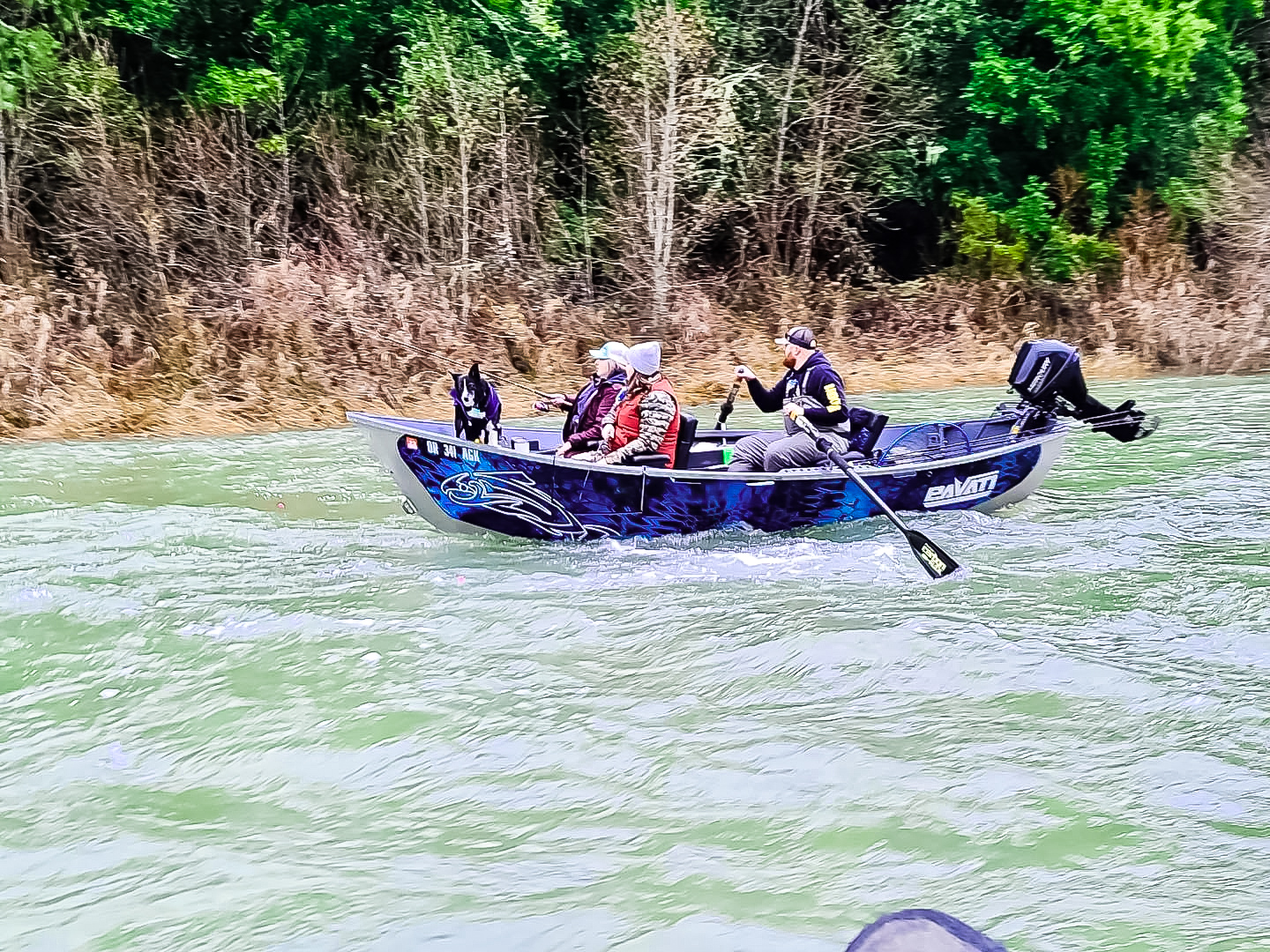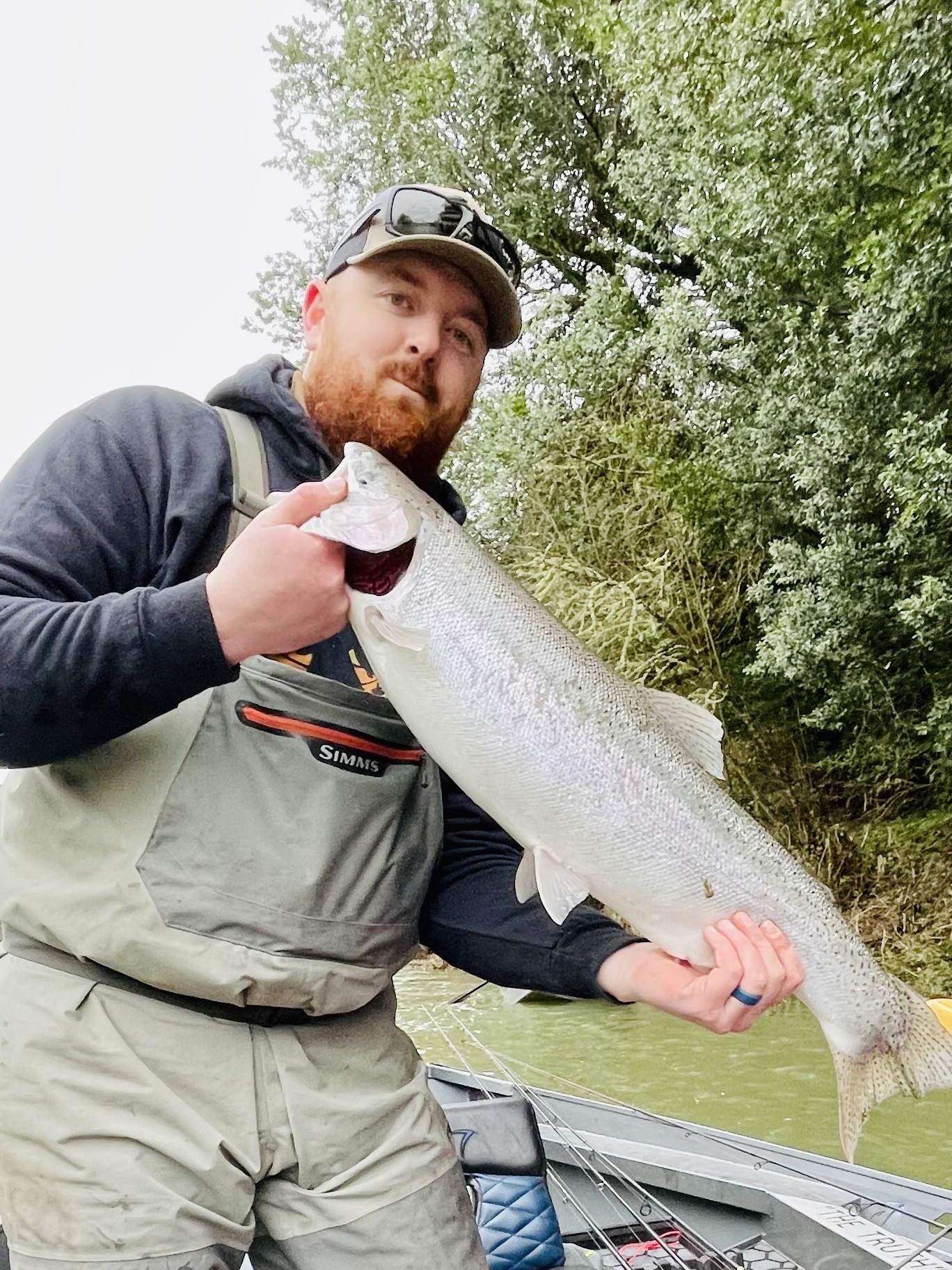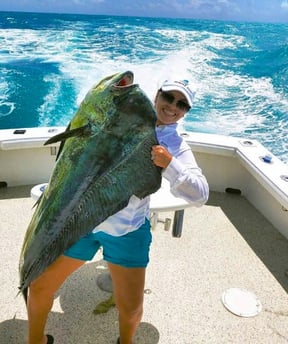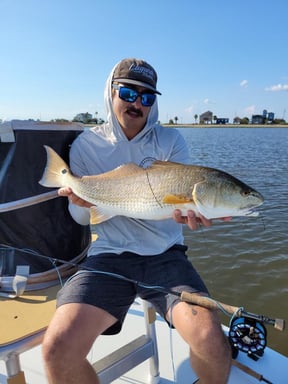Inshore, Flats Fishing in Pineland
Fly Fishing Pineland
Inshore Fishing in Mount Pleasant
Gigging Trip
Salmon Fishing Trip
Steelhead Fishing Trip
Deep Sea, Nearshore Fishing in Puerto Aventuras
Fishing Charter, Puerto Aventuras
Deep Sea, Nearshore Fishing in Islamorada
4 Hour Half Day
Deep Sea, Nearshore Fishing in Islamorada
6 Hour 3/4 Day
Black Sea Trips
Deep Sea, Nearshore Fishing in Sarasota
Red Snapper December Re-Open
Winter Steelhead
We started Captain Experiences to make it easy to book fishing and hunting guides around the world. With over 2,000 Damn Good Guides, our platform makes finding and booking a trip seamless. Head here to check out our trips.
We dropped in with the CCA Hays County (TX) chapter for their Anglers' Night Out event at the Twisted X Brewery in Dripping Springs.
Dakus Geeslin, Texas Parks & Wildlife Chief of the Coastal Fisheries Division Science and Policy Branch, was there sharing an update with everyone after the Texas freeze.
First off, what an event. It was a beautiful Tuesday night down in Dripping Springs and I highly recommend the Twisted X Brewery to everyone. The beer was cold (and free- shoutout to they Hays County chapter!), the brisket was moist, and the company was great.
Two beers and a brisket sandwich later, Dakus took center stage to mayor the town hall. There were a few questions from the crowd here and there, but for the most part, Dakus dove right into updating us all on the state of the Texas inshore saltwater fishery two months after Winter Storm Uri and the fish kill.
Speckled Trout Emergency Action in the Laguna Madre
A few days after the fish kill, TPWD announced an emergency change to Speckled Trout limits throughout the Laguna Madre bay system south of the JFK Causeway. The new limit is 3 Speckled Trout per angler and the slot (the range in length between which you can legally keep fish) narrowed to 17-23".
According to Dakus, the reason for the emergency action is that fish spawn in the spring and Speckled Trout spawn multiple times from April through October. The emergency action allows us to get in front of the Speckled Trout spawning season, thereby protecting that biomass that we'll be relying on to birth future generations.
Why Cut off the Emergency Action at the JFK Causeway?
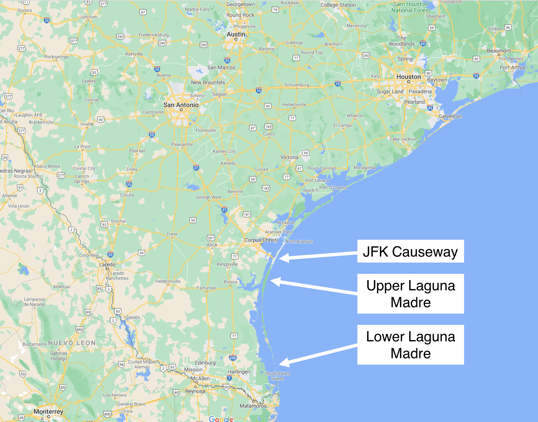
Someone from the crowd asked something we were all wondering- why stop at the JFK Causeway as the northern boundary for the emergency action?
Per Dakus, while there's no doubt the freeze drastically affected Speckled Trout populations north of the JFK Causeway, these conservation decision are made in conjunction with law enforcement (game wardens) and local communities.
The JFK Causeway is a landmark along the TX coast- built in 1949 and opened in 1950, the causeway runs from the Flour Bluff area of Corpus Christi over the Upper Laguna Madre to Mustang Island, the barrier island home to Port Aransas, TX.
There's no doubt from TPWD numbers that the freeze had the most drastic effects on Speckled Trout populations in the Laguna Madre and the JFK Causeway is a clear-cut boundary for game wardens to police and for anglers to abide by.
Why were Speckled Trout in the Laguna Madre Most Affected by the Freeze?
Laguna Madre Speckled Trout were most affected because Speckled Trout do not handle cold temperatures well and because the Laguna Madre is a shallower bay system.
When it comes to cold and the Big 3 (Redfish, Speckled Trout, and Flounder) of the Texas Coast, it's a bit of a Goldilocks' porridge scenario.
Flounder like it cold and were the "big winners" of the winter freeze. Dakus said that while the overall sea temperature trend is drastically warming, every year Texas has a sustained cold winter, Flounder numbers will rebound strongly.
Flounder need water temperatures of 61-68 degrees during spawn for larval fish to survive and also need temperatures in that vicinity in order for their eyes to roll over to one side.
While Redfish definitely enjoy temperatures warmer than what the freeze brought to town, they're hearty predators who can sustain dramatic changes in their environment.
Unfortunately, Speckled Trout aren't as hearty and can't survive water temperatures in the low 60's for long.
Laguna Madre Speckled Trout had Nowhere to Go
The second reason Laguna Madre Speckled Trout died during the freeze is because the Laguna Madre Bay System is one (if not the) shallowest bay systems along the Texas coast. In other deeper bay systems like Galveston Bays, Trout and others could hide out in deeper, slightly warmer water pockets.
However, the Laguna Madre offers no such refuge and many of the Speckled Trout just didn't make it.
Barge Traffic and the Fish Kill
There was a lot of talk on forums and on Facebook about how barge traffic along the Texas coast killed fish during the freeze.
The theory goes that as barges plowed through these chilly waters, they drove colder water at the surface down into the deepwater warmer pockets in places like the Land Cut of the Laguna Madre.
But Dakus debunked this theory to a degree. He said that TPWD worked with the Gulf Intercoastal Waterway Committee that manages barge traffic and requested that they halt barge traffic for this exact reason.
The Committee heeded the request and paused barge traffic for a few days, but only for a few days. When the barges resumed operation, many bystanders said they heard barges cracking the shells of stunned sea turtles and saw the barges churning up dead fish with mud in their gills.
Dakus refuted this stating that based on studies, after a few days (3-4), those colder temperatures have already reached the deeper, warmer water so the fish seeking refuge down there would be goners at any rate. The fact that they had mud in their gills also points to the likeliness that they died, floated to the bottom, and then were churned up by the barges.
Dakus thanked the barge operators for their cooperation and told us that they can't be expected to stay down forever. Texas is an economic powerhouse and those barges are pushing product up and down the coast, much of which was necessary for people as power and water was down for a prolonged period of time across the state.
How Long Will It Take Trout to Recover?
Another great question from the crowd. Dakus turned to history on this one: there were 3 major historical freezes he pointed to along the Texas coast. Following the 1983 freeze, it took 3 years for Speckled Trout populations to rebound and following the 2 freezes of 1989, it took 2 years.
But Dakus was intent on clarifying that these rebound numbers are based on catch rate, not biomass, meaning that anglers were catching the same amount of fish, but not necessarily the same size fish.
The Socioeconomic Side of Things
My favorite personal takeaway from the talk was probably learning how TPWD makes conservation decision in conjunction with game wardens and local communities to understand the socioeconomic effects of conservation decisions.
While we touched on the barge traffic above, Dakus also noted that fishing license sales were up 30% during COVID which is unprecedented.
While some were calling for a complete shutdown of the Speckled Trout fishery across Texas, Dakus shared with us that it was very important to him to think about these new anglers- if we completely shut down the fishery, we'd likely lose their interest, not to mention devastate local family-owned businesses that rely on the fishing industry and sport of it all.
Interesting Stat on Texas Fishing Guides
Dakus also shared that while 80% of private recreational anglers keep and retain 3 Speckled Trout or less per trip, 55% or less of guided trips keep and retain 3 Speckled Trout or less.
Back to Texas Flounder
As sea water temperatures rise, Flounder are the most affected of the Texas Big 3. On top of that, they're delicious which makes them a target for anglers.
When TPWD revisits the tools they have to help the flounder stock rebound, it comes down to 1) reduce harvest per angler, 2) reduce the number of anglers, 3) manage fish numbers, and 4) manage the environment.
With this in mind, TPWD decided to close the Flounder fishery from November 1st through December 15th so that Flounder can move in and out of passes spawning freely.
Texas Flounder Gigging
As one angler in the group noted, Flounder gigging has come a long way. The guy remembered wading at night with a flashlight and a gig maybe getting 1-2 if they were lucky.
These days, guys have decked out boats specifically built for flounder gigging with underwater LED lights, airboats, the works. The boats are highly efficient when it comes to flounder gigging.
Dakus stated that Flounder gigging is a tried and true tradition along the Texas coast that he hopes his grandchildren can participate in, and pointed back to considering all of the levers they have to pull while admitting that their playbook is weakening as sea water temperatures continue to rise.
CCA & Texas Parks & Wildlife
Dakus stated that TPWD is blessed by it's partnership with CCA and pointed to habitat restoration and scholarships as just a few benefits of the partnership.
For example, TPWD and CCA have restored over 300 acres of oyster reefs over the last 3 years in just Galveston and Sabine alone.
Many ponds along the coast also have pond liners that help protect Speckled Trout and Redfish habitats. CCA provided $200k to TPWD to replace 7 sea liners at Lake Jackson.
CCA & Texas Parks & Wildlife Intern Program
Dakus highlighted the intern program through which CCA has sponsored over 158 college interns over the last 20 years, and they have 20 more coming to work with Texas Parks & Wildlife this summer!
CCA Hays County Chapter Anglers' Night Out with Dakus Geeslin
In closing, we really enjoyed attending the event, meeting the CCA Hays County members, and settling in with beers and brisket to hear Dakus Geeslin talk about our coast. We left knowing a little more and resting assured that it's in good hands.
Thanks, Jonathan Co-Founder & CEO of Captain Experiences
Jonathan Newar
Updated on August 3, 2023
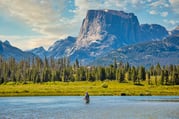
May 13, 2024

March 8, 2022

August 21, 2023

June 22, 2022
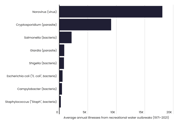
July 1, 2024
Related Articles
August 2, 2022
January 2, 2023
September 24, 2022
Featured Locations
- Fishing Charters Near Me
- Austin Fishing Guides
- Biloxi Fishing Charters
- Bradenton Fishing Charters
- Cabo San Lucas Fishing Charters
- Cancun Fishing Charters
- Cape Coral Fishing Charters
- Charleston Fishing Charters
- Clearwater Fishing Charters
- Corpus Christi Fishing Charters
- Crystal River Fishing Charters
- Dauphin Island Fishing Charters
- Daytona Beach Fishing Charters
- Destin Fishing Charters
- Fort Lauderdale Fishing Charters
- Fort Myers Fishing Charters
- Fort Walton Beach Fishing Charters
- Galveston Fishing Charters
- Gulf Shores Fishing Charters
- Hatteras Fishing Charters
- Hilton Head Fishing Charters
- Islamorada Fishing Charters
- Jacksonville Fishing Charters
- Jupiter Fishing Charters
- Key Largo Fishing Charters
- Key West Fishing Charters
- Kona Fishing Charters
- Lakeside Marblehead Fishing Charters
- Marathon Fishing Charters
- Marco Island Fishing Charters
- Miami Fishing Charters
- Montauk Fishing Charters
- Morehead City Fishing Charters
- Naples Fishing Charters
- New Orleans Fishing Charters
- New Smyrna Beach Fishing Charters
- Ocean City Fishing Charters
- Orange Beach Fishing Charters
- Panama City Beach Fishing Charters
- Pensacola Fishing Charters
- Pompano Beach Fishing Charters
- Port Aransas Fishing Charters
- Port Orange Fishing Charters
- Rockport Fishing Charters
- San Diego Fishing Charters
- San Juan Fishing Charters
- Sarasota Fishing Charters
- South Padre Island Fishing Charters
- St. Augustine Fishing Charters
- St. Petersburg Fishing Charters
- Tampa Fishing Charters
- Tarpon Springs Fishing Charters
- Venice Fishing Charters
- Virginia Beach Fishing Charters
- West Palm Beach Fishing Charters
- Wilmington Fishing Charters
- Wrightsville Beach Fishing Charters


